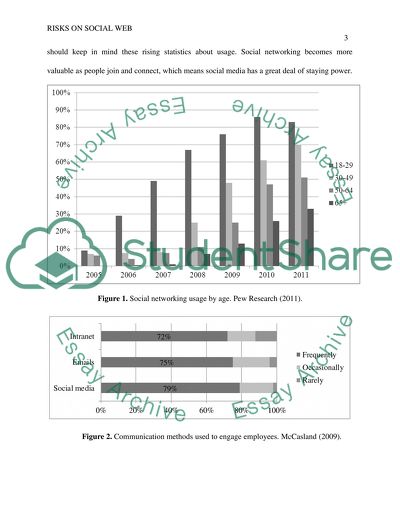Cite this document
(“The Social Web and Security Risks on People's Information Essay”, n.d.)
The Social Web and Security Risks on People's Information Essay. Retrieved from https://studentshare.org/information-technology/1441314-the-social-web-and-security-risks-on-people-s
The Social Web and Security Risks on People's Information Essay. Retrieved from https://studentshare.org/information-technology/1441314-the-social-web-and-security-risks-on-people-s
(The Social Web and Security Risks on People'S Information Essay)
The Social Web and Security Risks on People'S Information Essay. https://studentshare.org/information-technology/1441314-the-social-web-and-security-risks-on-people-s.
The Social Web and Security Risks on People'S Information Essay. https://studentshare.org/information-technology/1441314-the-social-web-and-security-risks-on-people-s.
“The Social Web and Security Risks on People'S Information Essay”, n.d. https://studentshare.org/information-technology/1441314-the-social-web-and-security-risks-on-people-s.


